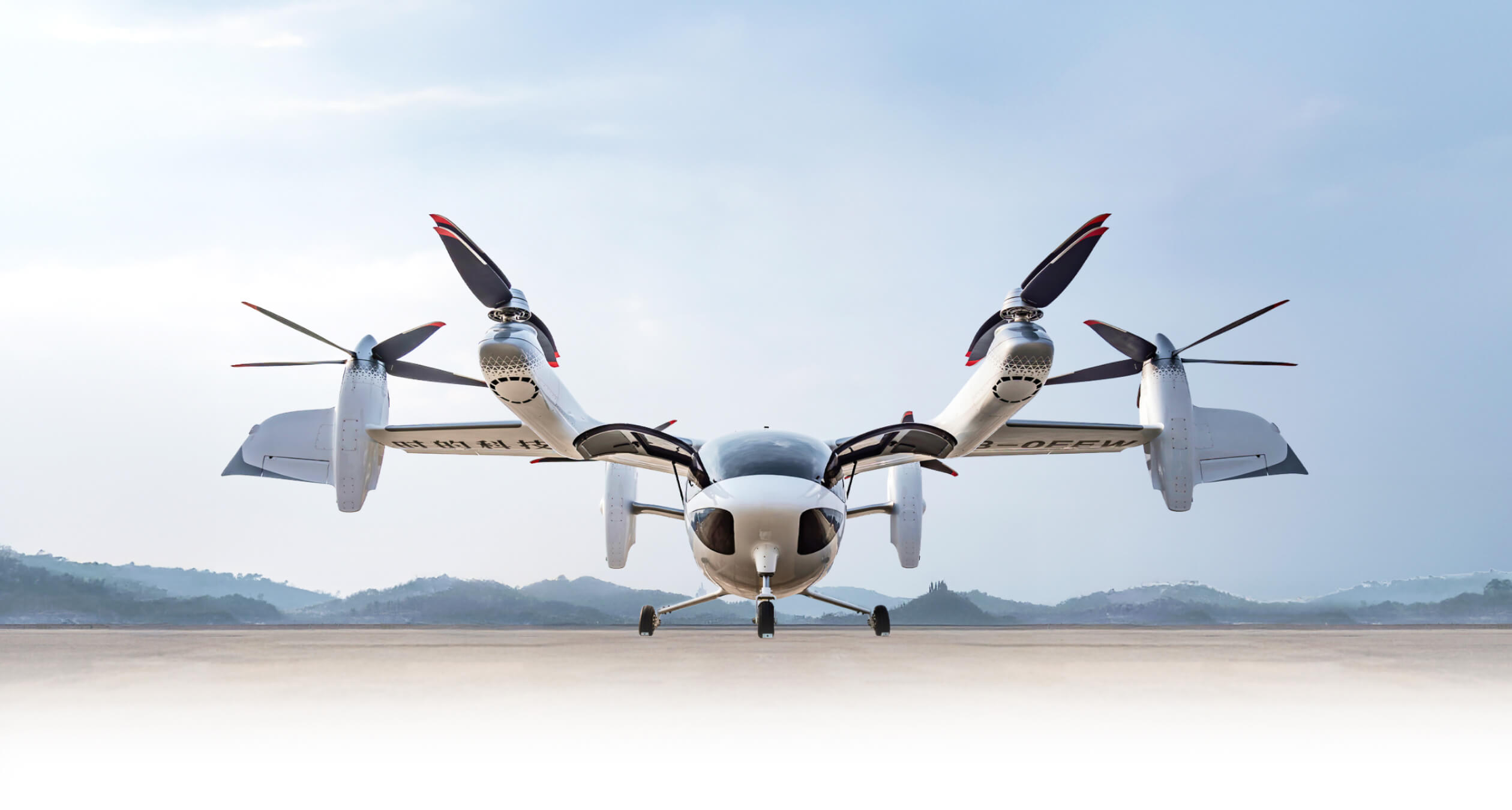FAQ
TCab Tech is a leading innovative enterprise specializing in the development of electric vertical takeoff and landing (eVTOL) aircraft. Founded by a group of engineers passionate about making Urban Air Mobility (UAM) a reality, we are committed to creating a reliable air mobility ecosystem that offers zero-emission aerial ridesharing to the public. We envision a future where Mobility-as-a-Service (MaaS) reduces daily commutes, giving people more time to spend with their loved ones.
We have developed the E20, a passenger-carrying, vectored-thrust eVTOL, by integrating proven aviation technologies, advanced electrification, and intelligent algorithms.
The name “TCab” is a metaphor for “time taxi,” reflecting our mission to offer the public an affordable and time-efficient means of transportation—and above all, to let everyone enjoy the joy of flight.
Learn more:Our Story
An eVTOL (Electric Vertical Take-Off and Landing) is an aircraft that takes off and lands vertically like a helicopter but cruises efficiently like a fixed-wing airplane. Unlike traditional helicopters, eVTOLs are powered entirely by electricity, which enables a simpler mechanical architecture, reduces maintenance costs, and significantly lowers noise levels. As a result, eVTOLs offer a quieter, more energy-efficient, and lower-carbon alternative to conventional rotorcraft—providing a more sustainable solution for urban and regional air mobility.
Specifications
- Power Source: Fully electric
- Configuration: Tilt-rotor
- Top Speed: 320 km/h
- Payload: 450 kg
- Capacity: 1 pilot + 4 passengers
- Wingspan: 12 meters
The E20 eVTOL, designed for efficiency and safety, boasts cutting-edge features that set it apart in the global market:
- Speed and Capacity
With a maximum speed of 320 km/h and a payload capacity for 1 pilot plus 4 passengers, the E20 eVTOL significantly reduces intercity travel time.
- Tilt-Rotor Technology
The aircraft’s tilt-rotor design combines vertical takeoff capabilities with efficient fixed-wing cruising, enabling higher speed and superior energy efficiency compared to multi-rotor or lift+cruise counterparts.
- Advanced Charging and Safety
Equipped with an 800V ultra-fast charging system, the E20 eVTOL enables rapid turnaround times. Its safety is reinforced by redundant systems, including a six-rotor configuration and Cell-to-Wing (CTW) battery integration, ensuring higher safety level even in critical scenarios.
- Low Noise and Sustainability
Optimized low-noise propellers and pure electric solution align with global decarbonization goals, making the E20 eVTOL an eco-friendly urban mobility solution.
Learn more:E20 eVTOL
TCab Tech aims to obtain the Type Certificate (TC) for the E20 eVTOL by 2027 and begin commercial deliveries. The commercialization strategy will be implemented in three phases:
- Phase 1: Deploy the E20 in low-altitude tourism markets as a replacement for certain helicopter operations. Initial routes will focus on connecting major transportation hubs—such as airports and high-speed rail stations—with nearby scenic destinations.
- Phase 2: Expand to high-speed intercity flights, significantly reducing travel time and enhancing regional connectivity.
- Phase 3: Facilitate urban air mobility between city centers and surrounding districts, evolving into one of the mainstream modes of daily transportation.
Learn more:E20 eVTOL
Our R&D team is composed of seasoned professionals, including former core members from globally recognized companies such as Airbus, COMAC, AVIC, Bombardier, Honeywell, and Geely. The team brings an average of over 10 years of industry experience, with a strong track record in the fields of aviation, new energy, and intelligent systems.
Currently, more than 75% of the company’s workforce is dedicated to R&D, and over 35% of team members hold master’s or doctoral degrees—reflecting a deep reserve of technical expertise and international perspective.
The team’s professional background is structured as follows:
- Aerospace engineering: approximately 70%
- New energy and electrification: approximately 15%
- Control systems and autonomous technologies: approximately 15%

